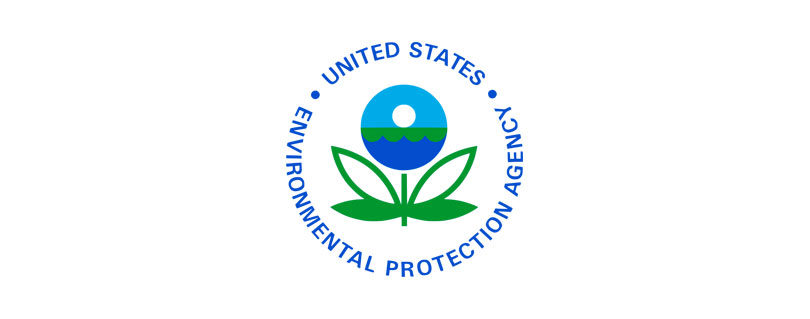Public input sought for proposed prospective purchaser agreement to redevelop the Olin Eames Street Property in Wilmington, Massachusetts
Publilshed by the U.S. Environmental Protection Agency (EPA)
BOSTON (July 2, 2024) – Today, the United States Environmental Protection Agency announced a proposed Prospective Purchaser Agreement (PPA) that is open for public comment for the Olin property – the approximately 50-acre parcel at 51 Eames Street in Wilmington, Massachusetts – where chemical manufacturing and waste disposal activities were formerly conducted. These industrial activities resulted in extensive environmental contamination that led to the Olin Chemical Superfund Site’s designation as a federal Superfund site in 2006.
A prospective purchaser agreement is the primary settlement tool used by EPA to address the liability concerns of a prospective purchaser or other third party who wants to redevelop a site. EPA’s proposed PPA is with the real estate developer Wilmington Woburn Industrial, LLC (WWI), previously Wilmington Woburn Intermodal, LLC, an affiliate of GFI Partners, LLC.
WWI has informed EPA that its planned redevelopment of the Olin property includes the construction of a 195,400 square foot warehouse facility at the main entrance to the Olin property along Eames Street.
In the PPA, WWI agrees that it will coordinate and cooperate with Olin Corporation to ensure that the construction of the project will be consistent with the requirements of EPA’s cleanup plan for the site and EPA’s legal agreement with Olin Corporation and three other parties responsible for the contamination, to conduct the cleanup and pay agency oversight costs.
The proposed PPA, signed by WWI, EPA, and the Environmental and Natural Resources Division of the U.S. Department of Justice, is subject to a 30-day public comment period. The PPA and related Site documents are available at EPA’s website https://www.epa.gov/superfund/olin.
The proposed PPA and related Site documents are also available for public inspection at the U.S. EPA, Region 1, SEMD Records and Information Center, 5 Post Office Square, Suite 100, Boston, MA 02109 by appointment only (by calling 617-918-1440 or by emailing r1.records-sems@epa.gov).
Dates of the Public Comment Period: Tues, July 2, 2024 to Thurs, Aug. 1, 2024
To submit comments: Submit your comments online at https://www.regulations.gov (Docket ID No. EPA-R01-SFUND-2024-0214). Enter EPA-R01-SFUND-2024-0214 in the search field. Then, click on the Comment button.
Background:
The site includes the Olin property and the surrounding areas that have been impacted by contaminant releases from manufacturing and waste disposal activities formerly conducted at the Olin property.
Chemical manufacturing by a series of owners and operators began at the Olin property in 1953 and continued until the facility closed in 1986. Olin Corporation purchased the property in 1980. The facility was used to produce blowing agents, stabilizers, antioxidants, and other specialty chemicals for the rubber and plastics industries. Prior to the early 1970s, chemicals were discharged into several unlined pits and ponds in the central portion of the property, and later even when lined lagoons were used, leaks in the liners resulted in additional releases of fluids. As the liquid materials moved downward through the soil, they reached the groundwater table – because the liquids were denser than water, they continued to sink downward (as dense aqueous phase liquid or “DAPL”), pooling in a series of cascading depressions on the bedrock surface.
Ultimately, contaminated groundwater migrated nearly a mile to the west and northwest of the Olin property and resulted in the Town of Wilmington placing its municipal drinking water supply wells in the Maple Meadow Brook aquifer off-line due to contamination from the site.
The cleanup plan for the site was selected by EPA in 2021 (in a Record of Decision or “ROD”) and includes interim actions to remove ongoing sources of contamination in groundwater and final cleanup actions for addressing contaminated soil, sediments, and surface water at the site. In parallel to the cleanup, studies are ongoing under a separate 2007 EPA settlement agreement to improve the characterization of the bedrock and further define the extent of groundwater contamination. These studies will be used to evaluate long-term groundwater cleanup options, leading to the selection in the future of a final cleanup plan for groundwater. In the near term, these aquifer studies will help identify the best places to locate groundwater extraction wells for the cleanup.
Visit: www.epa.gov/superfund/olin for more information about the site.
Read the full article at: https://www.epa.gov/newsreleases/public-input-sought-proposed-prospective-purchaser-agreement-redevelop-olin-eames



